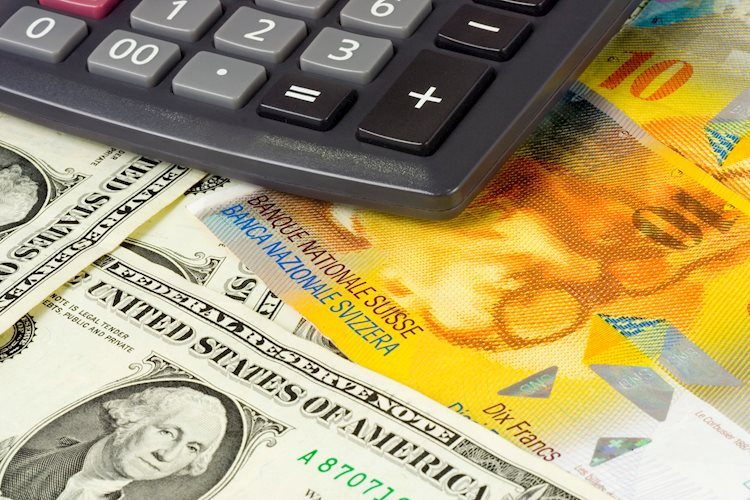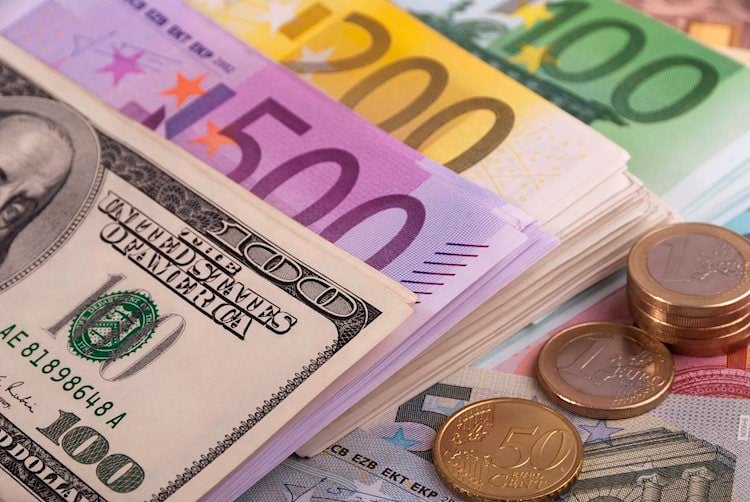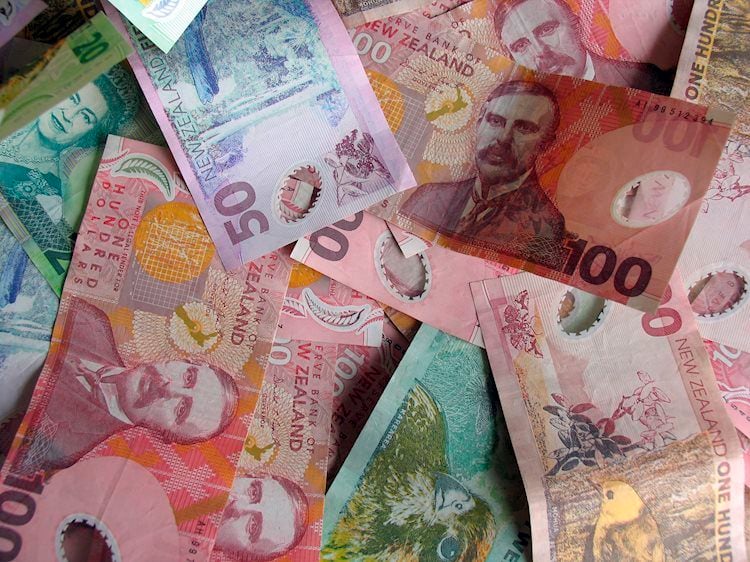Talking Points on the Australian Dollar On the heels of US Dollar weakness, the AUD/USD is attempting to reverse its losses following the US Consumer Price Index (CPI), and fresh data out of Australia might ignite a stronger rebound in the exchange rate, as employment is likely to rise for the second month in a row.
Advertisement
On the back of an upbeat Australian employment report, the AUD/USD is expected to stage a further rebound.
As Chairman Jerome Powell prepares to testify before the House Financial Services Committee later today, the AUD/USD appears to be stuck in a narrow range, with the prepared remarks largely highlighting a wait-and-see approach to monetary policy, with the central bank chief promising to “increase our holdings of Treasury securities and agency mortgage-backed securities at least at their current levels.”
Chairman Powell insists that “reaching the standard of’substantial further progress’ is still a ways off,” and the US Dollar may face headwinds ahead of the next Fed interest rate decision on July 28 as the central bank remains committed to “doing everything we can to support the recovery and foster a healthy economy.”
Meanwhile, recent data from Australia may support the AUD/USD rally, as the economy is expected to add 30.0K jobs in June, and a further improvement in the labor market may encourage the Reserve Bank of Australia (RBA) to adopt a more upbeat outlook, as “the economic recovery in Australia is stronger than earlier expected and is forecast to continue.”
As a result, the RBA may begin to consider an exit strategy, as “the final draw-downs under the Term Funding Facility were made in late June,” and it’s unclear whether Governor Philip Lowe and his colleagues will adjust forward guidance at the August 3 meeting, as the central bank pledges to “not increase the cash rate until actual inflation is sustainably within the 2 to 3 percent target range.”
Until then, the drop from the February high (0.8007) could signal a shift in the broader trend, as the AUD/USD pair falls to a new yearly low (0.7410) in July, with the exchange rate’s weakness sparking a move in retail sentiment as traders flipped net-long the pair over the same month.
According to the IG Client Sentiment report, 60.97 percent of traders are currently net-long AUD/USD, with a long-to-short ratio of 1.56 to 1. The number of traders who are net-long is up 0.55 percent from yesterday and up 0.83 percent from last week, while those who are net-short is down 6.29 percent from yesterday and up 2.18 percent from last week. The increase in net-long positions comes as the AUD/USD tries to retrace its losses from earlier this week, but the increase in net-short interest has done nothing to change retail sentiment, with 63.56 percent of traders net-long last week. With that stated, AUD/USD depreciation may continue to coincide with a shift in retail mood, as it did earlier this year, but an update to Australia’s Employment report, which is predicted to improve for the second month in a row, may spark a stronger rebound in the exchange rate. Daily Chart of the AUD/USD Exchange Rate Trading View is the source of this information. Keep in mind that the AUD/USD pair formed a head-and-shoulders pattern earlier this year as it traded to a new 2021 low (0.7532) in April, but the exchange rate negated the major reversal pattern after failed attempts to close below the neckline around 0.7560 (50 percent expansion) to 0.7570. (78.6 percent retracement). The AUD/USD exchange rate, on the other hand, has fallen below the 200-Day SMA (0.7578) for the first time in almost a year, driving the Relative Strength Index (RSI) into oversold territory for the first time since March 2020. Nonetheless, bearish momentum may be waning as the RSI challenges the downward trend from earlier this year, with a break of trendline resistance enhancing the possibility of a more major rebound in AUD/USD as the exchange rate appears to be reversing direction ahead of the December 2020 low (0.7338). Following failed attempts to test the 0.7370 (38.2 percent expansion) to 0.7380 (61.8 percent retracement) region, the AUD/USD appears to be stuck in a narrow range. However, a move above the Fibonacci overlap around 0.7440 (23.6 percent expansion) to 0.7500 (50 percent retracement) could push the exchange rate back towards the 0.7560 (50 percent expansion) to 0.7570 (78.6 percent retracement) (0.7578). To open up the 0.7620 (38.2 percent retracement) to 0.7640 (38.2 percent retracement) zone, a move above the monthly high (0.7599) is required, with the next area of interest coming in around 0.7720 (38.2 percent expansion) to 0.7770 (23.6 percent retracement).—- Currency Strategist David Song wrote this article. @DavidJSong is my Twitter handle./n
Read More




